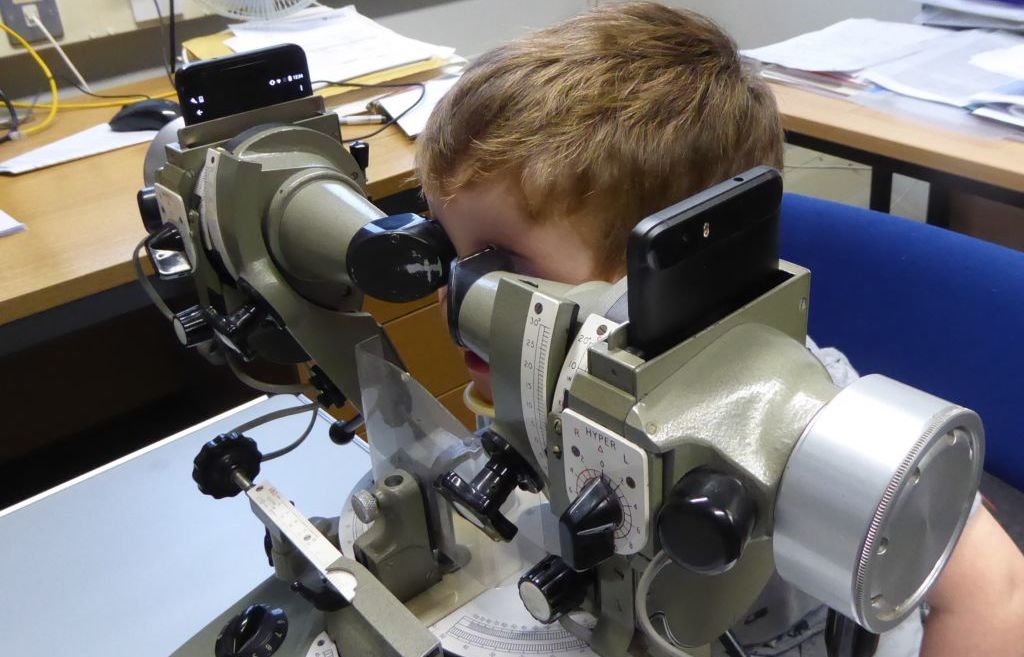This project is a fully-funded PhD research opportunity at the University of Liverpool within the Department of Health Services Research. This project will support a full-time 3-year PhD studentship under the primary supervision of Prof Fiona Rowe. The University of Liverpool will provide comprehensive postgraduate doctoral training. Studentship funding (approx.. £15500 tax-free stipend) will be provided in partnership by the University of Liverpool and Haag Streit AG, in addition to funding provided for PhD student fees and training/conference costs (total funding package of about £30000 per annum). An honorary clinical contract will be arranged so that continued orthoptic clinical practice can be maintained alongside the research project.
Summary
Kinetic perimetry using the Octopus 900 (O900) is highly recommended in certain circumstances such as evaluating the peripheral visual field in any patient but especially in neurologically/cognitively impaired individuals, to confirm borderline visual field defects, in low vision cases and in children. O900 kinetic perimetry is typically used in manual or semi-kinetic mode but is often considered an assessment requiring an experienced examiner. The use of automated kinetic perimetry has not been fully explored and remains a key gap in perimetry research. In contrast, static perimetry offers the benefits of detecting even small sensitivity changes and offers adequate spatial resolution in the central 30 degree visual field. Because so far a combination of static and kinetic perimetry testing methods have not been commercially available, their clinical potential remains uncertain.
The purpose of this research project is to evaluate the clinical usefulness of kinetic and stato-kinetic perimetry using a combination of automated static and kinetic testing approaches and compare them to manual and semi-kinetic perimetry in adult and paediatric practice. Specific objectives are to:
- Develop optimized, fully automated standardized tests using kinetic or a combination of static and kinetic testing methodologies for testing common diseases and visual field defects such as glaucoma (including assessment of the periphery), chiasmal compression, stroke, Idiopathic Intracranial Hypertension (IIH) and optic neuropathies,
- Clinically assess reliability and repeatability of those automated templates.
Additional objectives to further increase knowledge about kinetic perimetry are to:
- Assess applicability of kinetic perimetry as an outcome measure for visual field rehabilitation and as a functional visual assessment,
- Assess range of reaction time responses in ocular versus neurological disease,
- Define normal ranges for childhood kinetic perimetry.
To achieve these objectives we plan a definitive systematic review of kinetic perimetry, and a prospective observation perimetry clinical study to explore the use of kinetic perimetry.
We are calling for expressions of interest in this PhD from Orthoptists (including recent Orthoptic graduates) at 2:1 or 1st degree level. Please submit your CV to Prof Fiona Rowe ([email protected]) no later than Monday 20th July.
